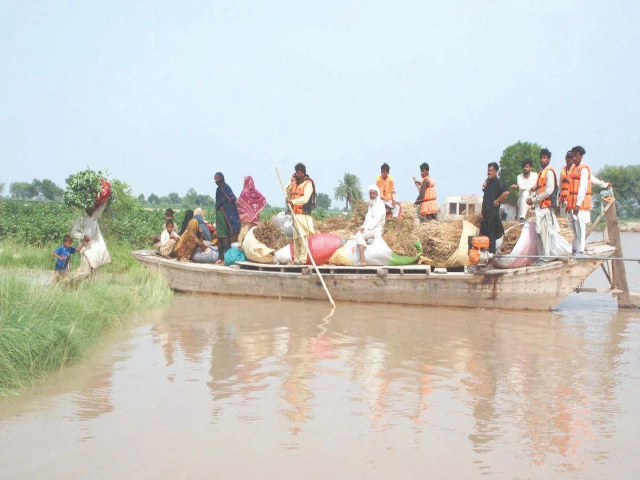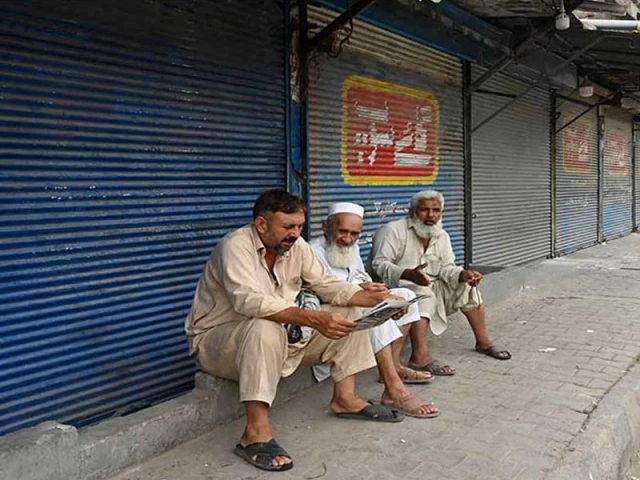Understanding the Impact of Recent Flood Forecasts in Pakistan
As the monsoon rains continue to pour across Pakistan, the situation on the ground is becoming increasingly serious. A fresh forecast from the National Disaster Management Authority (NDMA) indicates that major rivers in the region are facing potential flooding. This is primarily due to an uptick in water inflows, exacerbated by accelerated glacier melt in the northern areas.
Currently, the Indus River is experiencing moderate flooding at critical points like Chashma and Taunsa barrages. Meanwhile, low-level flooding is observed at Tarbela, Kalabagh, and Sukkur barrages. Interestingly, the flow in the River Kabul near Nowshera remains stable, which provides a small relief amidst the chaos.
Unfortunately, challenges continue to mount with additional water being released from India into the Sutlej River, raising levels in southern Punjab. The Sutlej is classified under low flood conditions at Ganda Singh Wala and Head Suleimanki, while the Jhelum and Chenab rivers flow at normal levels. This flooding has caused significant damage, most notably the breaking of the Zamindara Bund near Dera Bikha, submerging thousands of acres.
The NDMA’s recent reports are alarming. In just 24 hours, there have been 41 fatalities due to flooding, with a total of 748 lives lost since the onset of the monsoon season. The fatalities are spread across various regions, pointing to the widespread impact of this weather phenomenon. The need for urgent disaster preparedness and effective relief operations has never been clearer.
Authorities have been proactive, instructing residents in at-risk areas to evacuate for safety. In Sindh, high flood levels have submerged over 60 settlements. The scale of the losses—990 homes destroyed and nearly 4,000 livestock lost—underscores the devastating effect of these floods on local communities.
As rainfall continues, it’s essential for everyone to stay informed and prepared. Whether it’s checking local alerts or participating in community safety programs, the collective effort can go a long way in minimizing risks. It’s a daunting time, but staying connected and informed can help us navigate these challenges.
If you’re interested in deeper insights or resources related to disaster preparedness, consider connecting with organizations like Pro21st. They offer valuable support and information during these crucial times. Stay safe and informed!
At Pro21st, we believe in sharing updates that matter.
Stay connected for more real conversations, fresh insights, and 21st-century perspectives.





